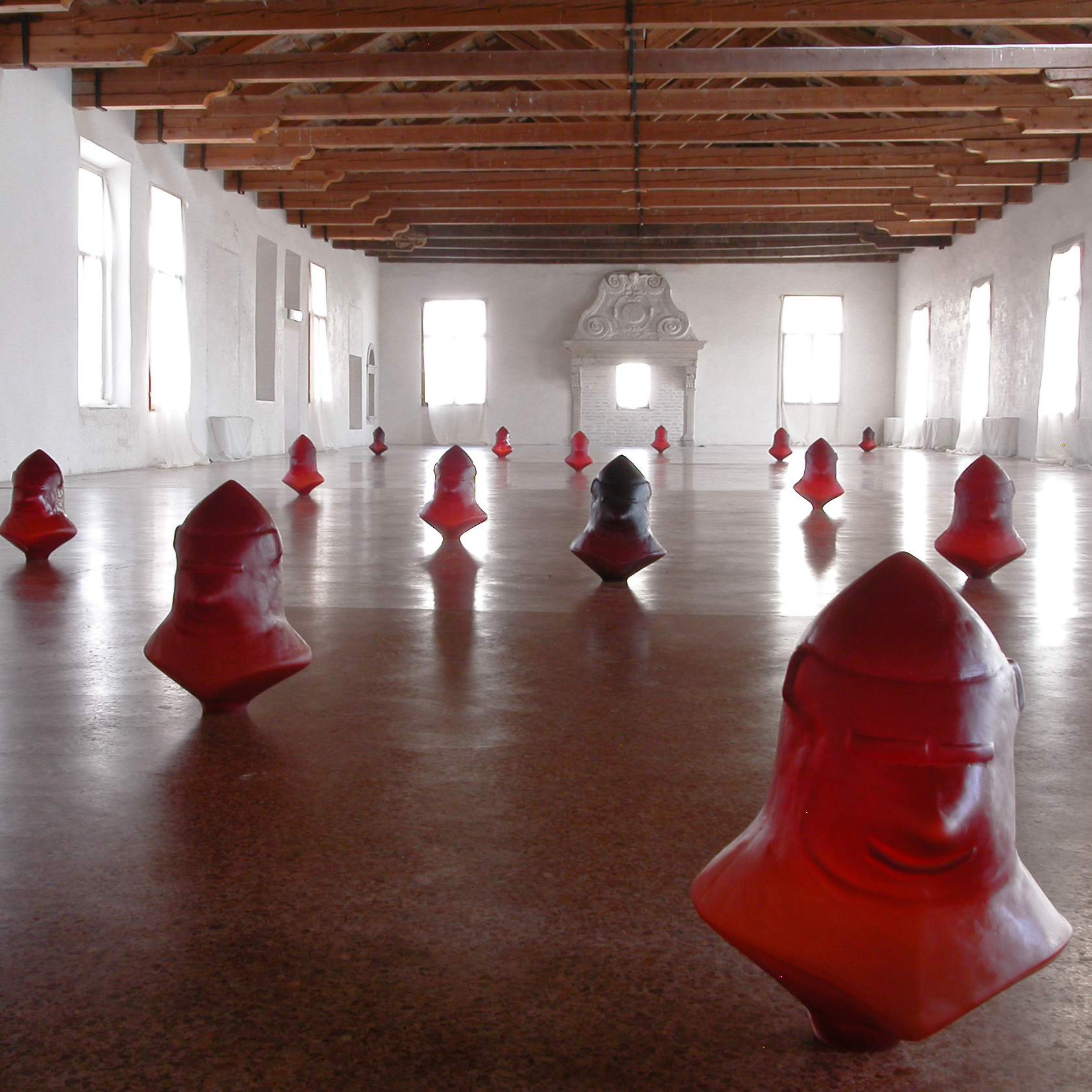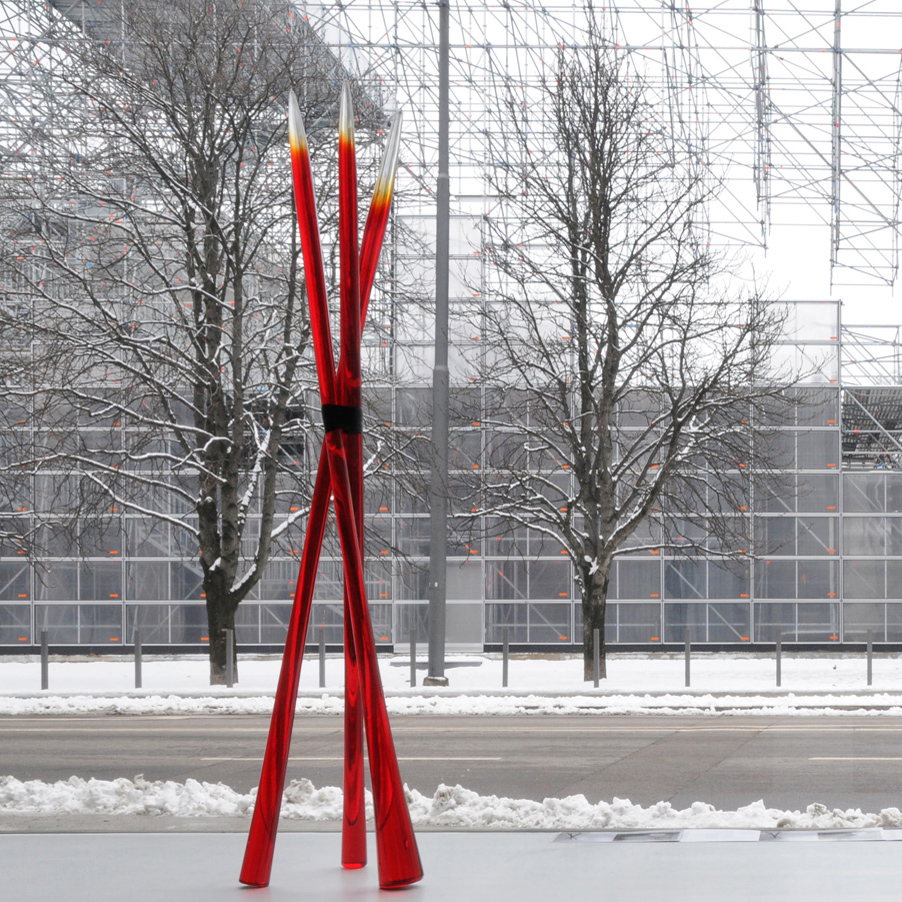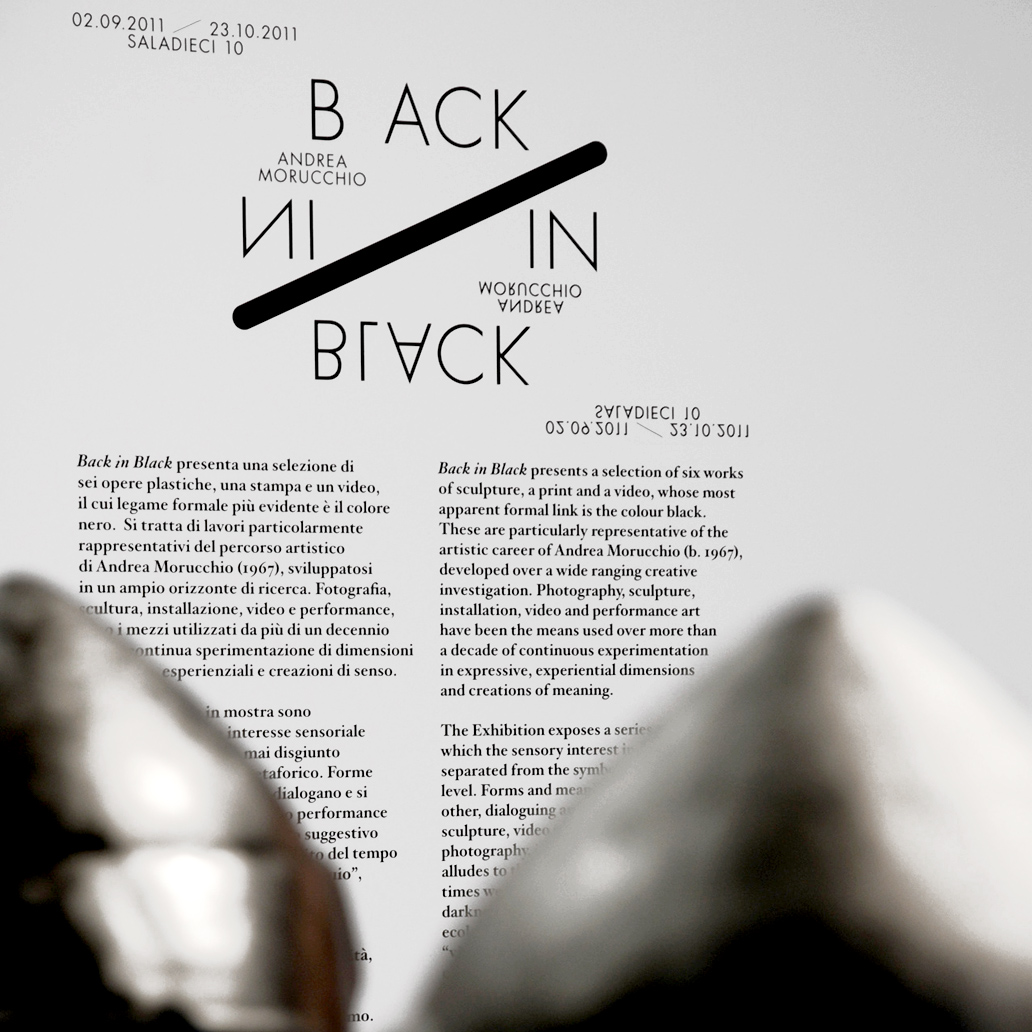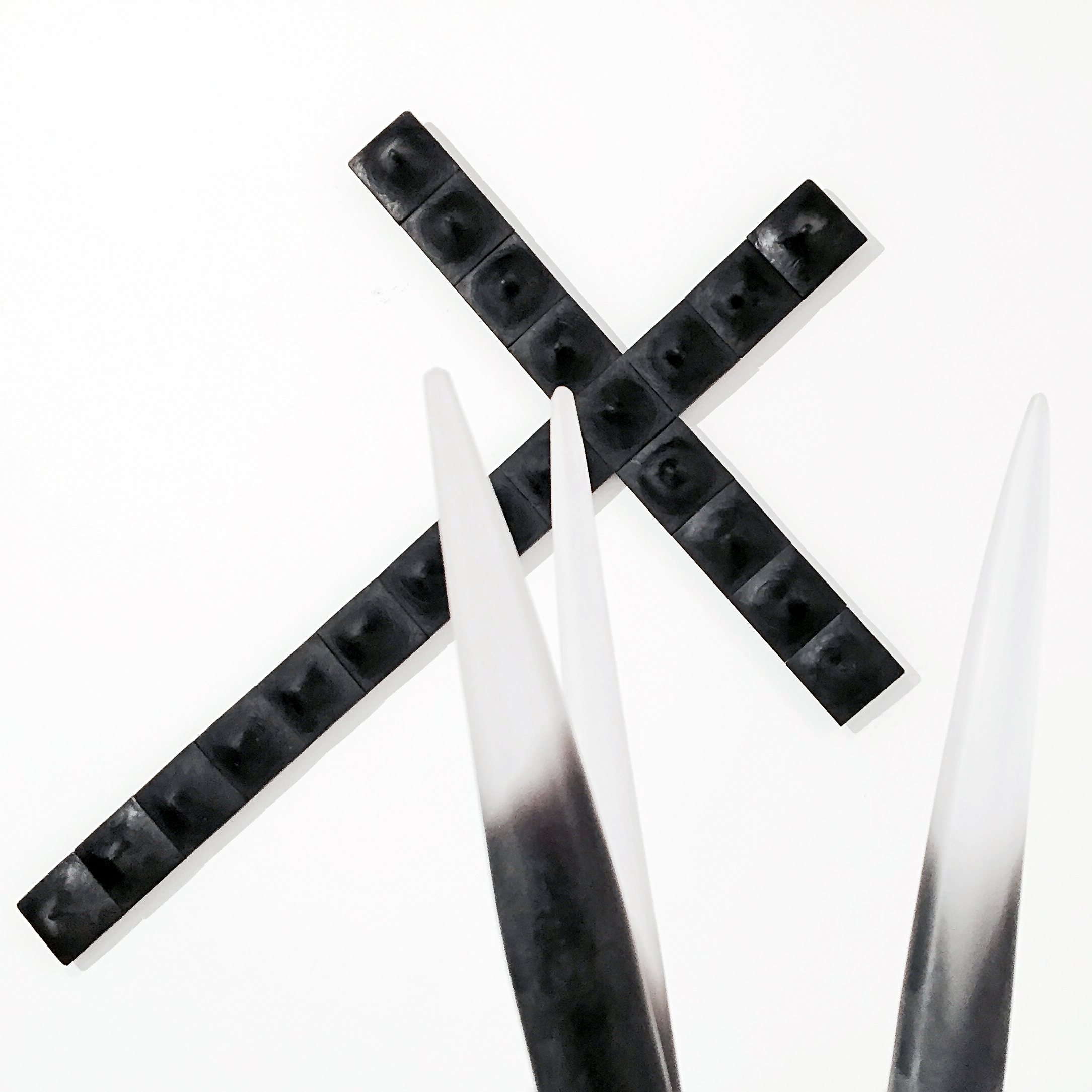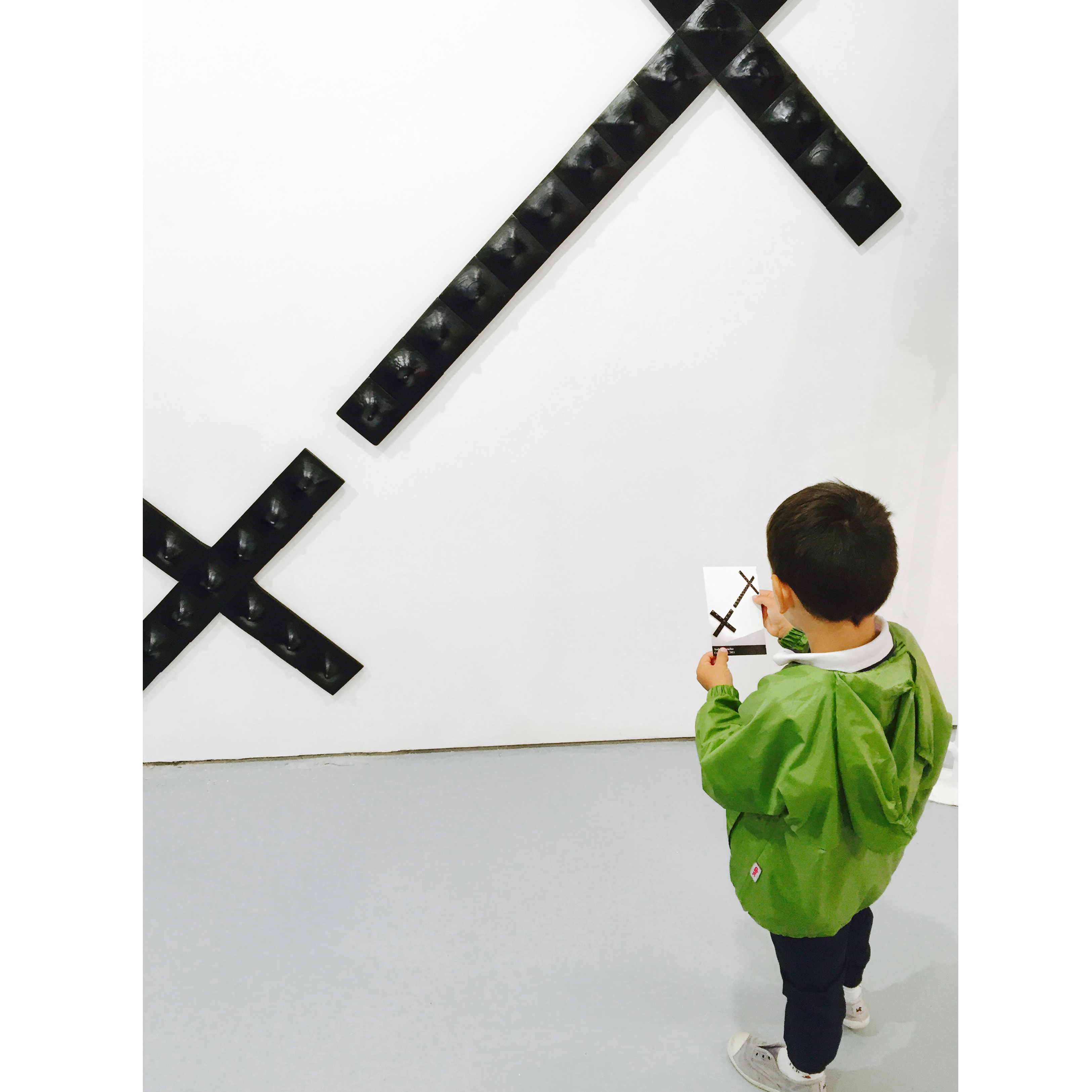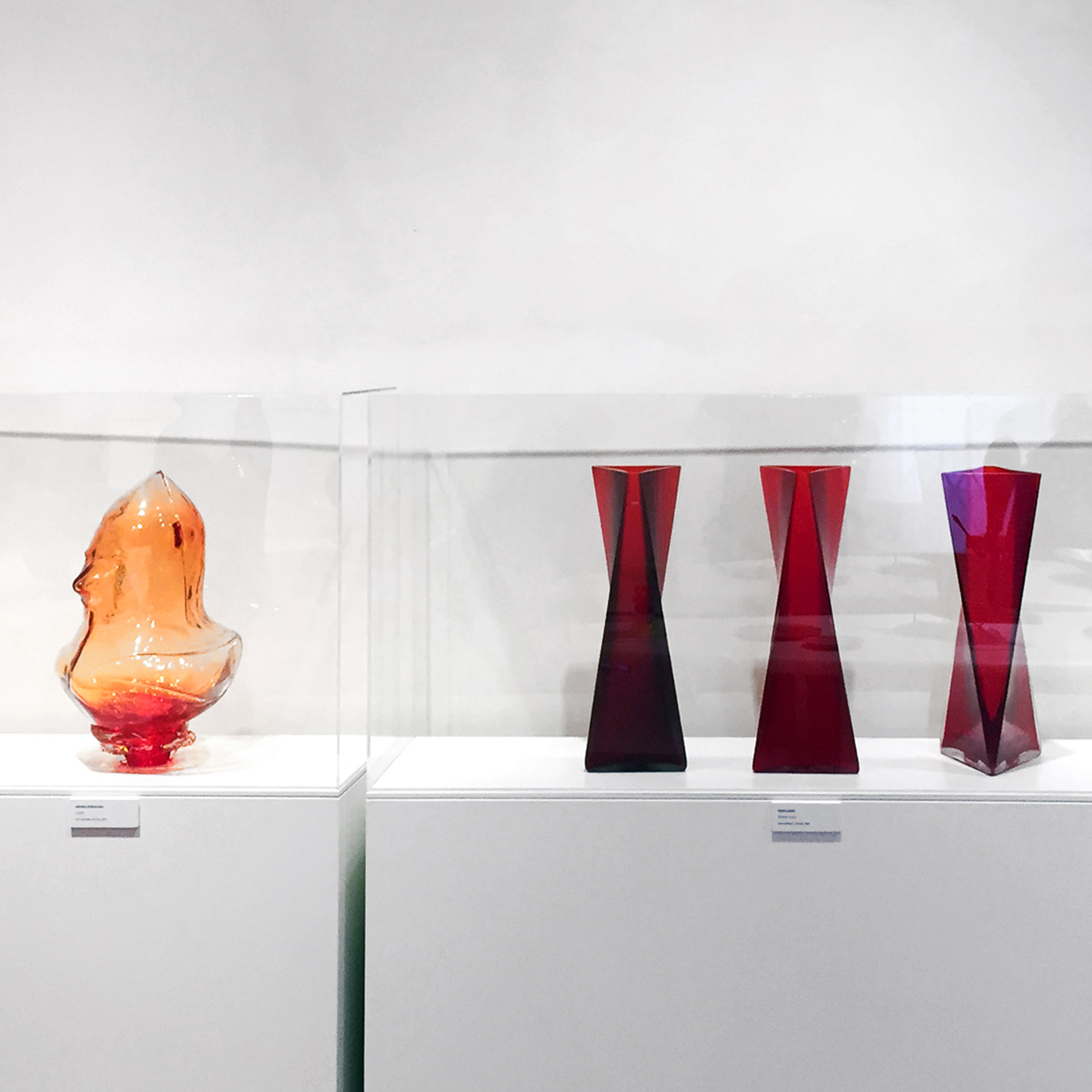Celata
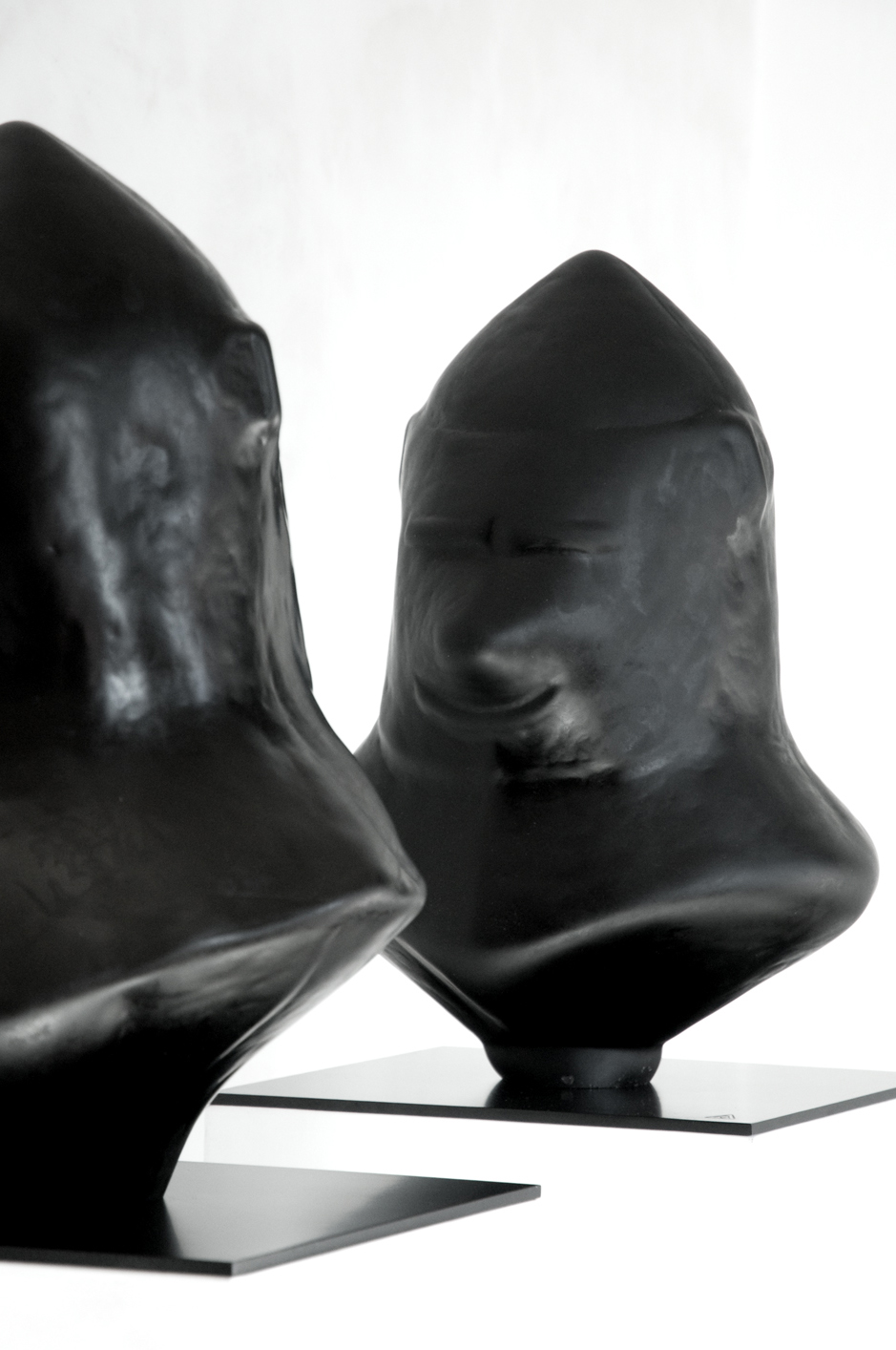
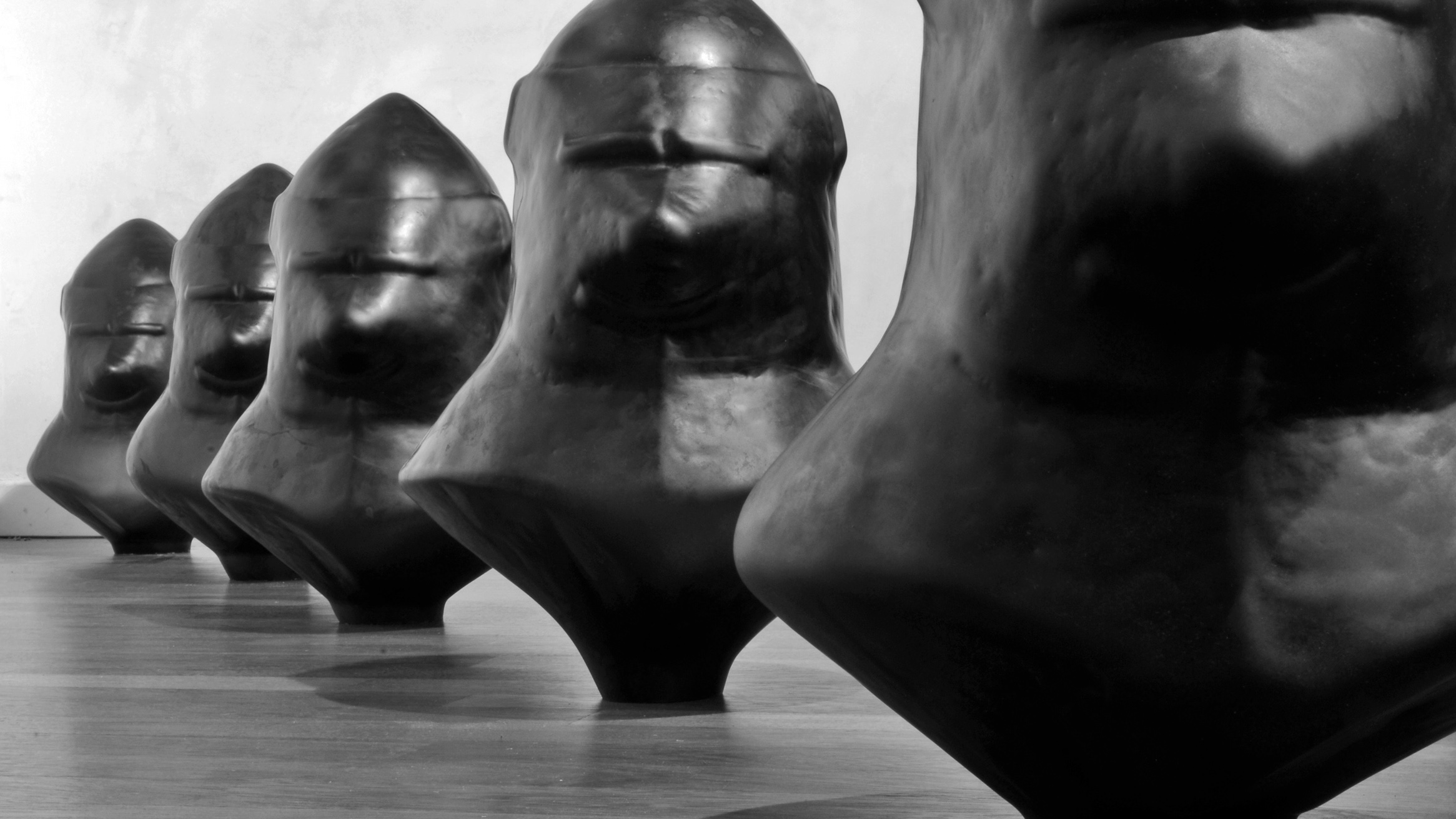
sculpture
CELATA
Sculpture
The blown glass sculpture CELATA constitutes the foundational element of the LAUDES REGIAE installation project, conceived for the former Convent of SS. Cosma e Damiano on Giudecca Island, Venice. The work was realized through the use of a bespoke mold derived from the so-called Elmo di Attila, a 14th-century sparrow-beaked helmet housed in the Armoury Collection of the Doge’s Palace, Venice. Due to its radically essential and almost primordial formal language, the helmet is interpreted as a transcultural and transtemporal emblem, serving as a metaphor for cyclical recurrence and immutable conditions that transcend historical periods and geographic contexts. For the BACK IN BLACK exhibition, the two black glass helmets confront each other boldly, evoking the archetype of the “black knight,” a figure traditionally associated with darkness, mystery, and ancestral fear. As Giovanni Bianchi observes, “Two black knights, who in the common imagination refer to dark and mysterious forces, face each other boldly. The black knight, in fact, of a hard and firm character, represents the one who inspires terror, an ancestral fear linked to its manifestation with the color of darkness.”
The medieval knight here is symbolically distilled to the sparrow-beaked helmet—the classic Italian design known for its complex construction, snug fit, and balance between protection and mobility. Concealed behind lowered visors, the helmets obscure identity, recalling Italo Calvino’s The Non-Existent Knight, whose voice “came metallic from inside the closed helmet, as if it were, not a throat, but the helmet itself to vibrate.” This allusion highlights the enigmatic presence of the knights—neither fully tangible nor entirely absent—transported by Morucchio’s work from a distant past into the contemporary moment. The two helmets, identical and facing one another, engage in a silent but potent dialogue. As Bianchi notes, “The clash / encounter is therefore between the ego and its double, and is proposed as an identity problem. A form of narcissism that alludes to the attraction that a person feels for his own image and for himself.” This duality evokes an existential tension—between love and hate, complicity and conflict, self-recognition and opposition—manifested through the austere, yet profoundly expressive, forms of blown, cast, and satin black glass. The work suspends the viewer in this moment of primordial encounter, inviting reflection on the enduring cycles of confrontation and reconciliation that persist across time.
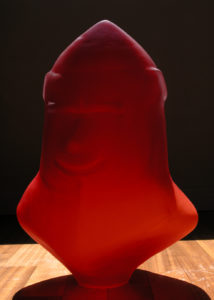
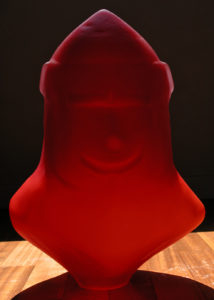
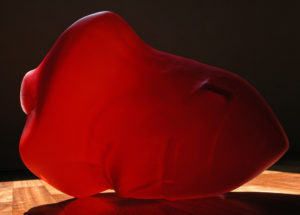
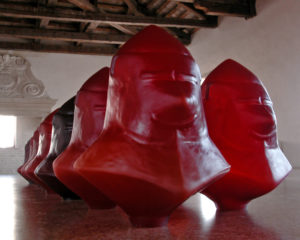
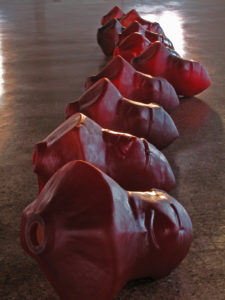
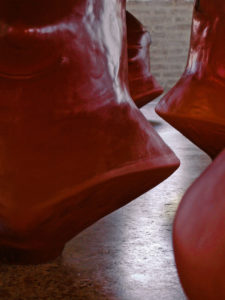
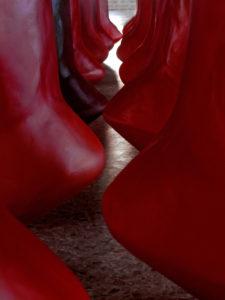
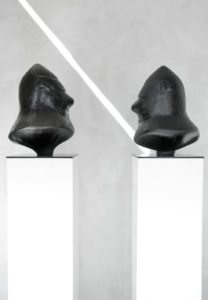
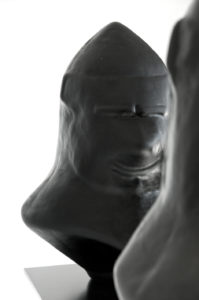
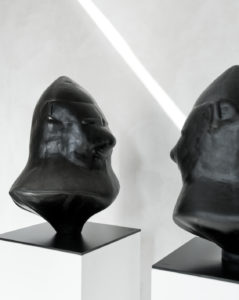

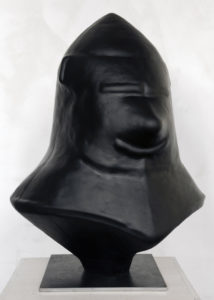
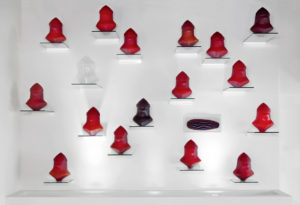

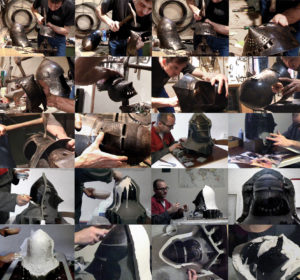
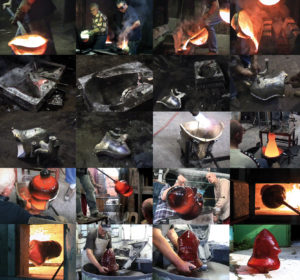
 Back in Black | 2011
Back in Black | 2011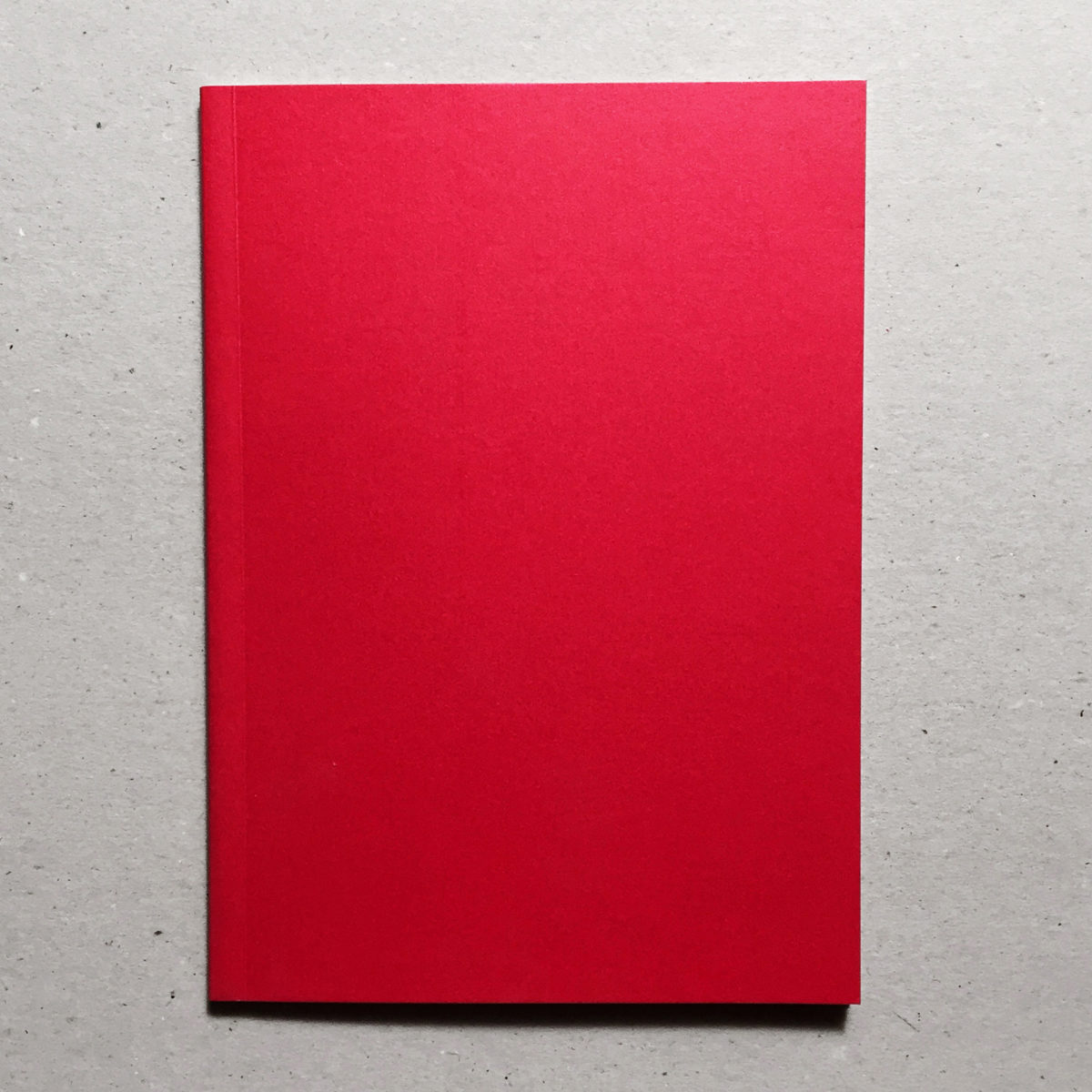 Laudes Regiae | 2007
Laudes Regiae | 2007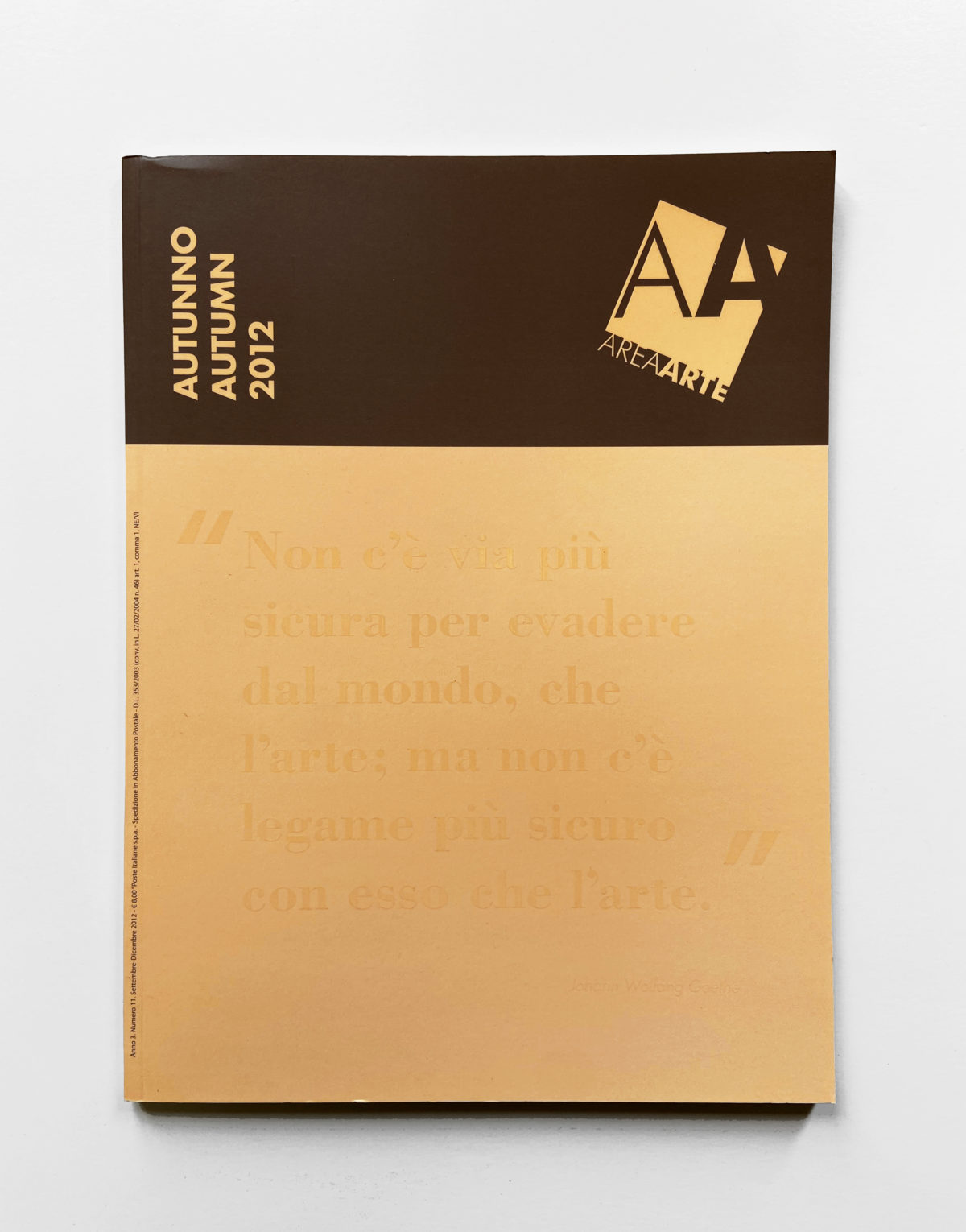 AreaArte | 2012
AreaArte | 2012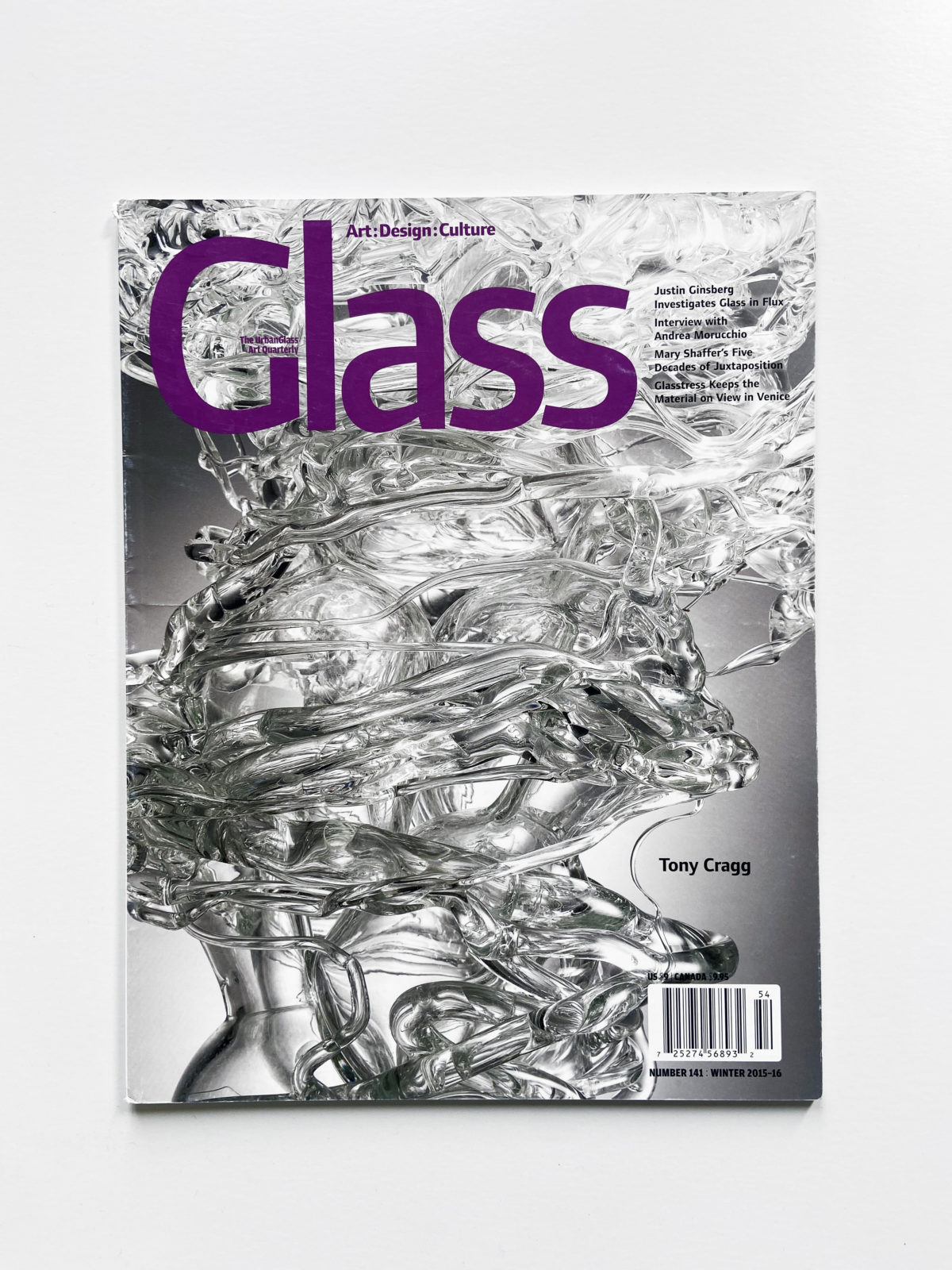 Glass | 2015-2016
Glass | 2015-2016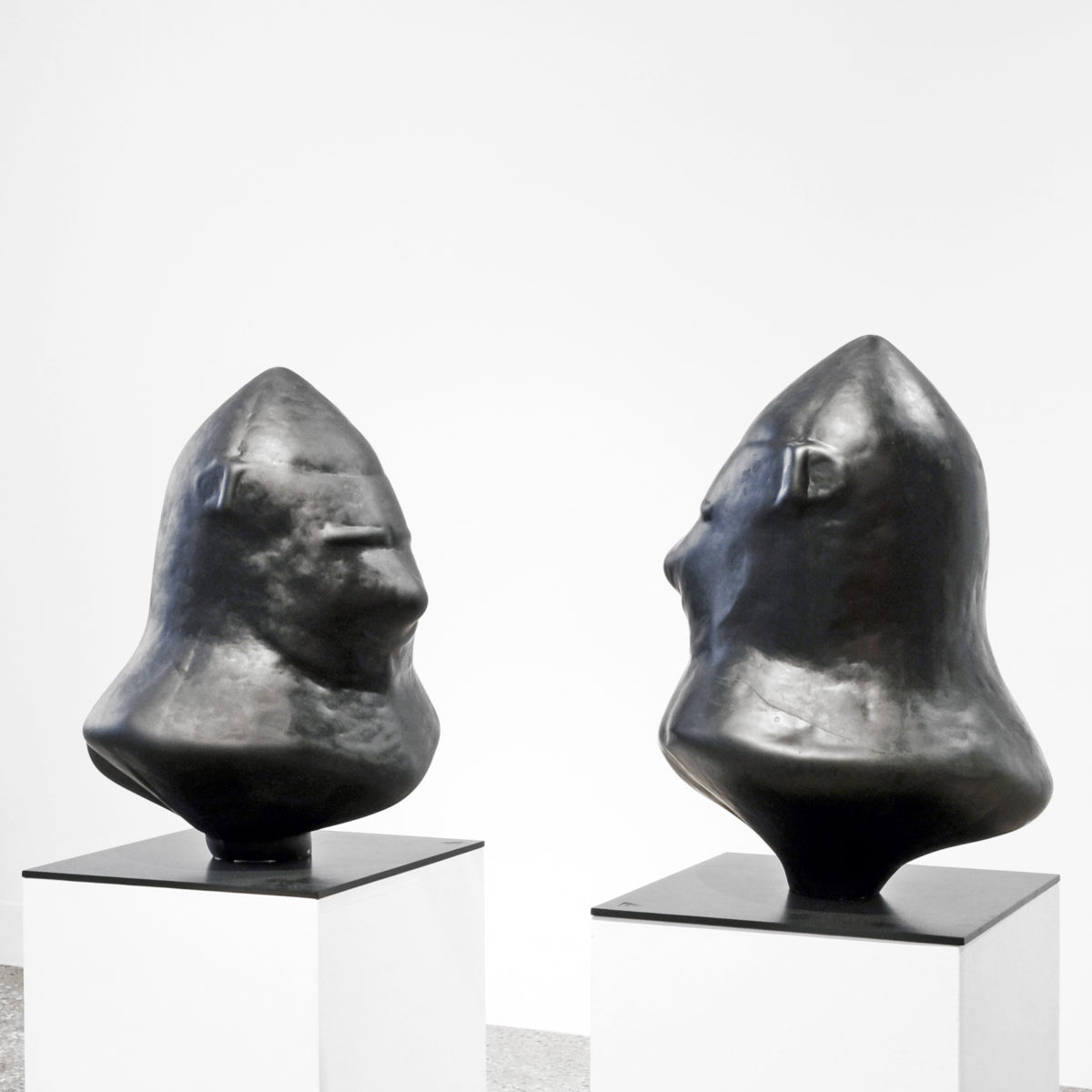 “Concealed Identity”, critic text by Giovanni Ivan Bianchi, 2011, eng
“Concealed Identity”, critic text by Giovanni Ivan Bianchi, 2011, eng “Identità Celata” testo critico di Giovanni Bianchi, 2011, ita
“Identità Celata” testo critico di Giovanni Bianchi, 2011, ita